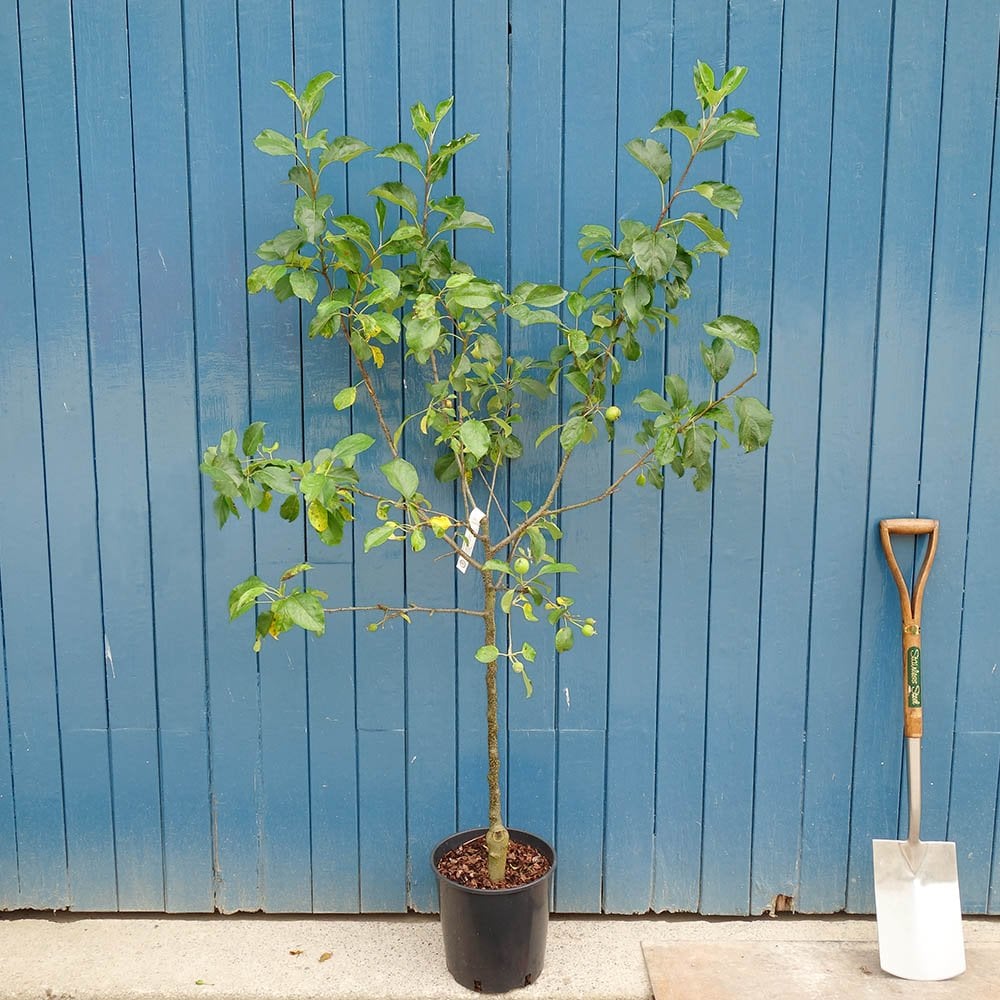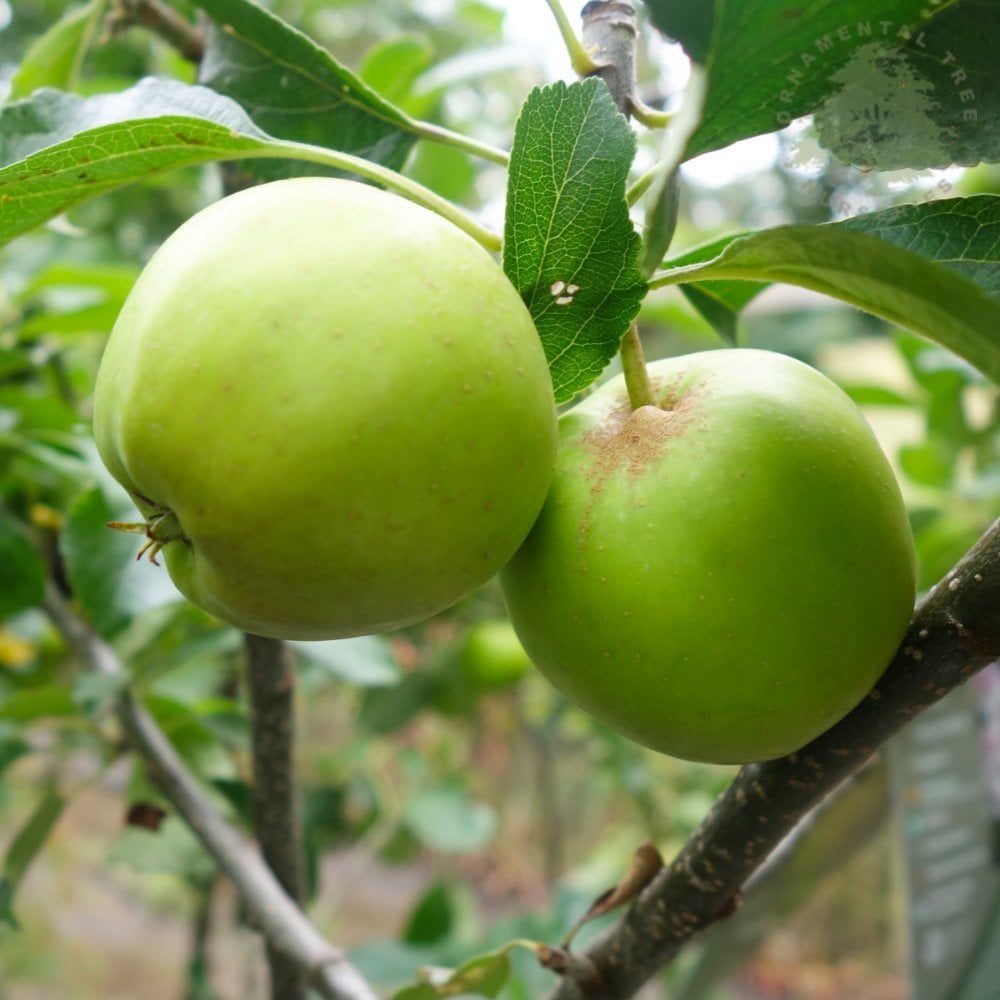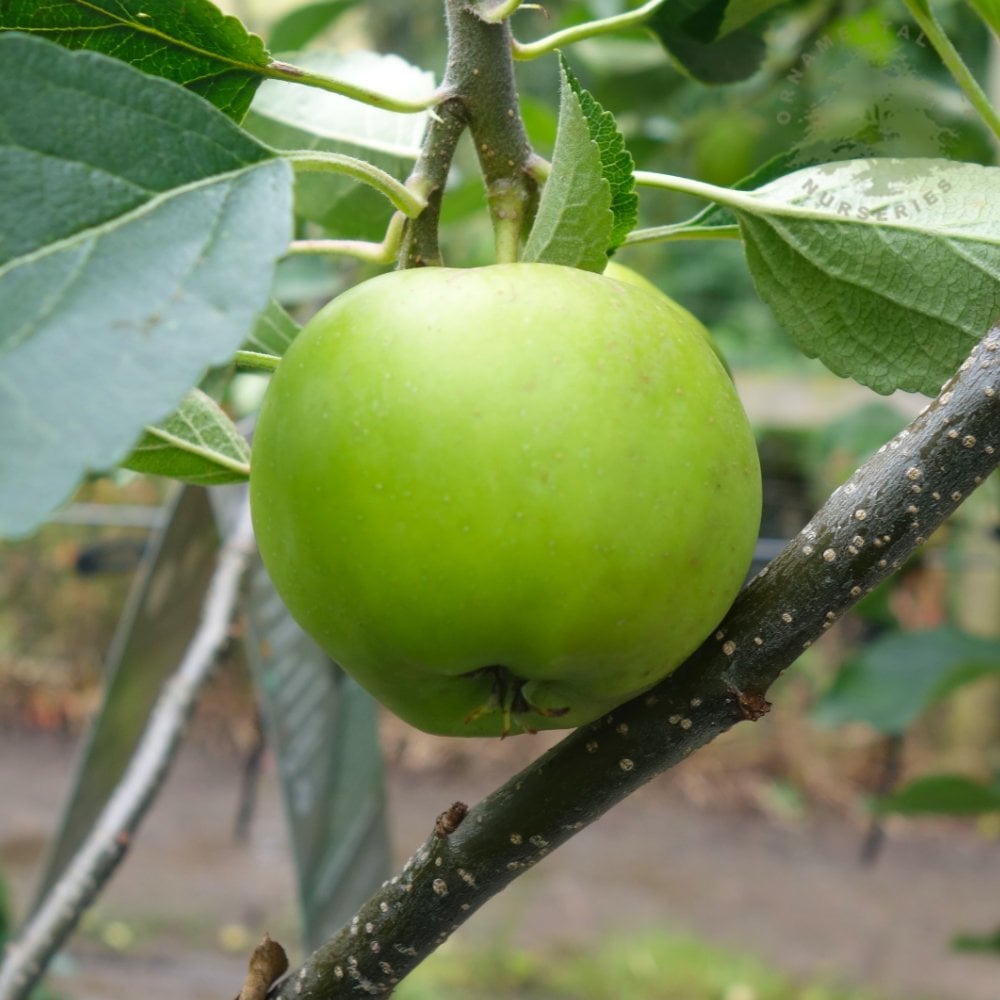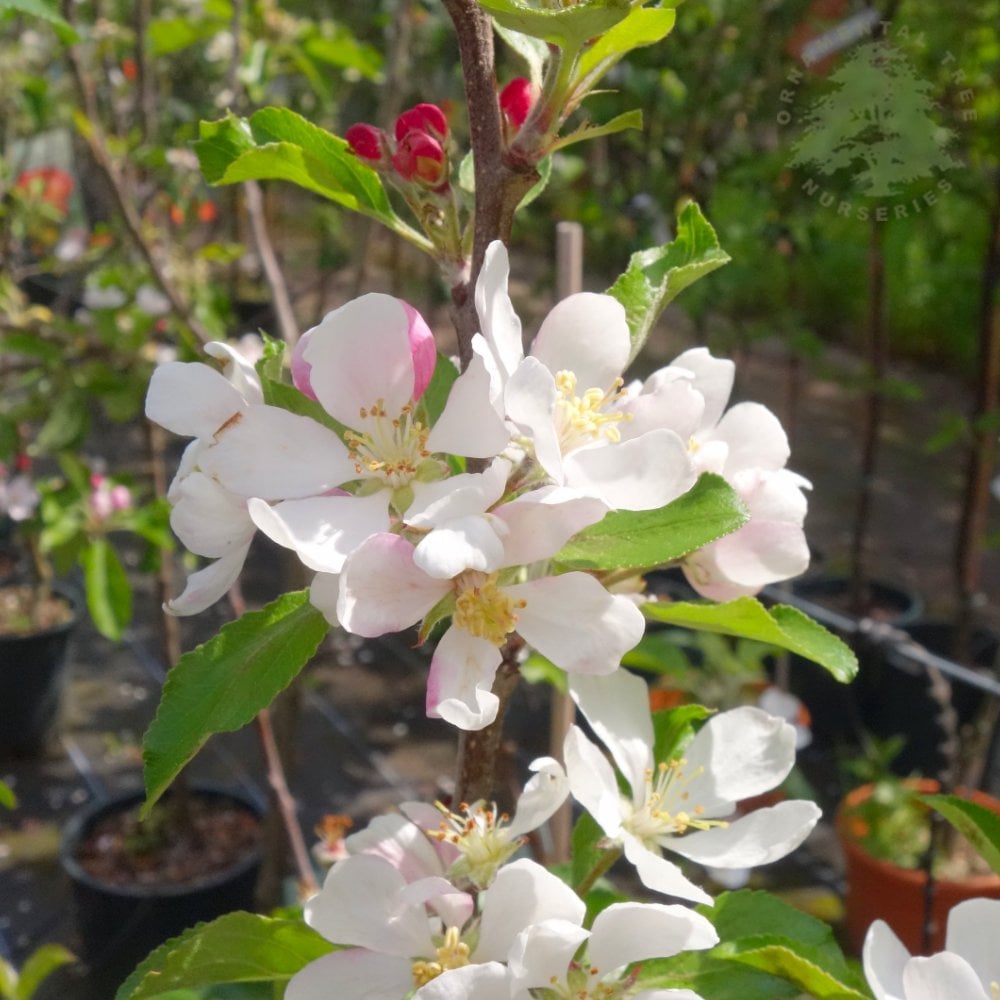Greensleeves Apple Tree
Greensleeves Apple Tree
Eating Apple Trees

Greensleeves Apple Tree
Eating Apple Trees





Key features





Description
An excellent crunchy dessert apple, Greensleeves apples have firm flesh with a mouthwateringly sweet, slightly acidic taste. Greensleeves is a cross between Golden Delicious and James Grieve, taking components of the taste from each. As the apples ripen on the tree they take on a lovely golden hue and once picked, the flavour gently mellows with age.
Greensleeves apple tree is a good choice for growing in the garden, coping with partial shade. As a group B variety, it require a pollinator in group A, B or C in order to produce a good crop of medium sized apples in September.
Originating in Kent in 1966, Malus domestica 'Greensleeves' has received the RHS Award of Garden Merit for its attractive, sweet, tangy apples.
| Small shrubs (1-3) | Young trees & 4+ small shrubs | Select semi-mature trees & shrubs (1-4) | All other mature trees (any quantity) | |
|---|---|---|---|---|
| Mainland UK ex. Scottish Highlands | £10 | £12 | £35 | from £55 |
| Scottish Highlands & the Islands | From £30 | |||
| Outside Mainland UK | Currently we are unable to deliver outside of Mainland UK | |||
Product Details
Key features





Description
An excellent crunchy dessert apple, Greensleeves apples have firm flesh with a mouthwateringly sweet, slightly acidic taste. Greensleeves is a cross between Golden Delicious and James Grieve, taking components of the taste from each. As...
An excellent crunchy dessert apple, Greensleeves apples have firm flesh with a mouthwateringly sweet, slightly acidic taste. Greensleeves is a cross between Golden Delicious and James Grieve, taking components of the taste from each. As the apples ripen on the tree they take on a lovely golden hue and once picked, the flavour gently mellows with age.
Greensleeves apple tree is a good choice for growing in the garden, coping with partial shade. As a group B variety, it require a pollinator in group A, B or C in order to produce a good crop of medium sized apples in September.
Originating in Kent in 1966, Malus domestica 'Greensleeves' has received the RHS Award of Garden Merit for its attractive, sweet, tangy apples.
Planting & Care
Delivery Information
| Small shrubs (1-3) | Young trees & 4+ small shrubs | Select semi-mature trees & shrubs (1-4) | All other mature trees (any quantity) | |
|---|---|---|---|---|
| Mainland UK ex. Scottish Highlands | £10 | £12 | £35 | from £55 |
| Scottish Highlands & the Islands | From £30 | |||
| Outside Mainland UK | Currently we are unable to deliver outside of Mainland UK | |||
MORE TO GROW YOUR GARDEN























